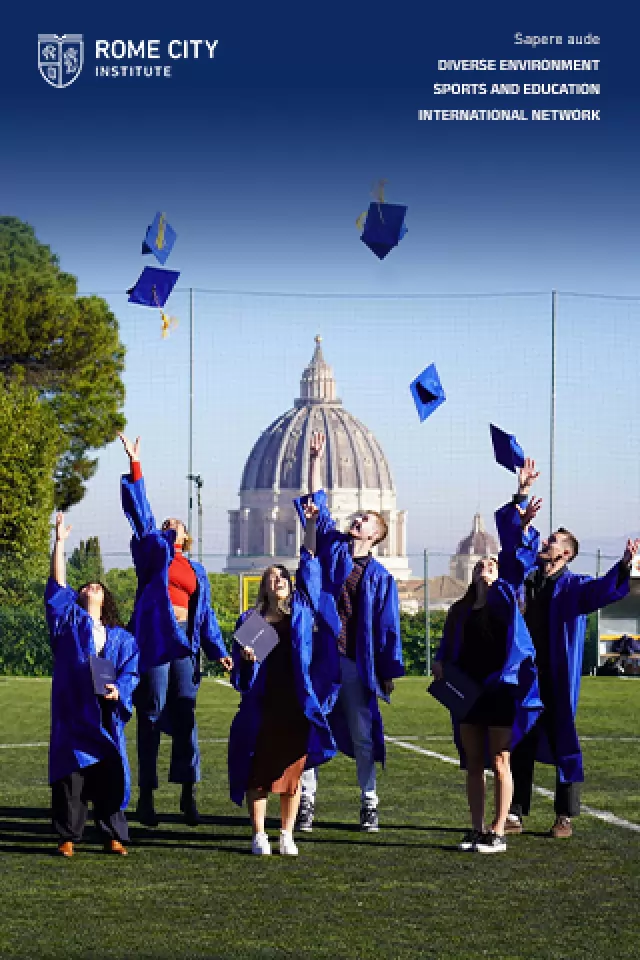Italy's foreign affairs ministry at Palazzo della Farnesina opens its doors on Tuesday 10 July, from 10.00-15.00, when the public can view its significant art collection for free. The collection charts Italy’s principal 20th-century art movements including Art Nouveau, Futurism, Abstraction, Arte Povera, Transavanguardia and the Nuova Scuola Romana. Among the works by the 142 artists represented are notable paintings by major exponents of Italian Futurism such as Giacomo Balla and Umberto Boccioni, as well as the metaphysical paintings of Giorgio De Chirico. Many of the paintings, sculptures, mosaics and installations adorning the walls of the 1,320 room-ministry were collected under the guidance of Maurizio Calvesi, one of the leading experts on modern Italian art. Most of the works are temporary loans made available by the artists themselves – as well as by museums, foundations and collectors – allowing the art on display to be alternated regularly. The public initiative began in 2000, to underline the importance of art as “an instrument of cultural diplomacy", and the foreign ministry is now Italy’s public building with the highest number of works by Italian contemporary artists. Located in the former Farnese botanical gardens, in the Foro Italico area between Monte Mario and the river Tiber, Palazzo della Farnesina was originally designed in 1935 to be the headquarters of Mussolini’s National Fascist Party. As such, the building is characterised by the prevailing fascist iconography and symmetrical architecture so prevalent in Italy’s public buildings of the 1930s. Its construction was interrupted in 1943 by world war two, and since its completion in 1959 it has been the home of Italy’s foreign ministry. Those wishing to visit on 10 July must register in advance via the ministry’s website www.esteri.it/mae/it.
17.5
C
Rome (IT)
Fri, 18 April 2025
Italy's news in English
Website
www.esteri.it/mae/it
About us
Wanted in Rome ™ is member of the Wanted World Wide Ltd network.
Click here to find out more about our Network or Follow us on social networks.
Subscribe
© 2025 / 2026 Wanted World Wide LTD Network. All Rights Reserved. Made with Kraken PMS.


















